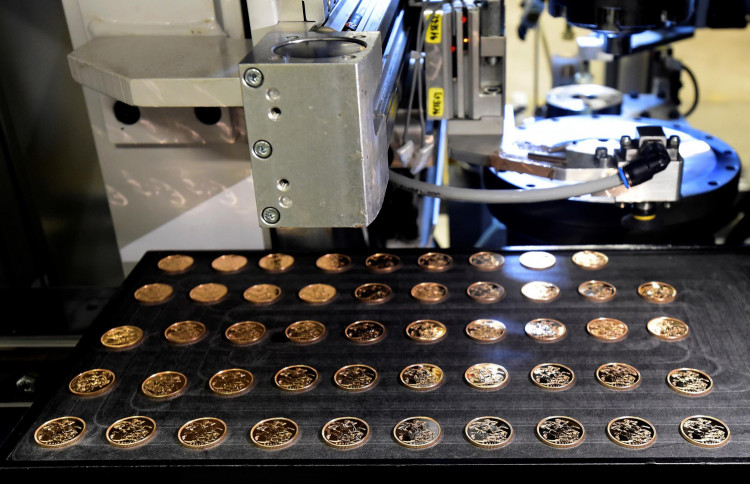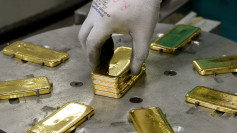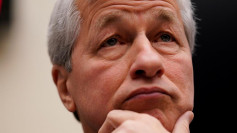Gold futures shifted lower Tuesday for the first time since last week as US shares were poised to recover from their biggest single-day decline since 2008 and as government equity yields rebounded from new lows after virus and oil-triggered dive on Monday.
The precious metal has not been the sure winner in trading as many capitalists are also seeking to scale back into equities, Oanda senior market analyst Ed Moya said. "As treasury yields show indications of normalizing, gold will somewhat have difficulties in the short-term, he added.
Still, Moya is certain that gold, along with American treasuries, will remain the favorite safe-haven asset as financial players maneuver through soaring global recessionary obstacles and depleting consumer confidence.
Gold for April delivery on the Comex shed $15.40, or 0.8 percent to end at $1,660.30 per ounce, after reporting a moderate 0.1 percent gain on Monday. May silver declined by 9.8 cents, or 0.5 percent at $16.955 per ounce, after retreating 1.1 percent a day ago.
Market instability is having a big effect on prices of the yellow metal, but one fund manager recommends that investors see through the noise and concentrate on the larger picture: declining bond yields will eventually push gold prices higher.
In a report, Joe Foster, portfolio director and analyst at VanEck's Gold and Precious Metals Strategy, disclosed that despite the market turmoil, precious metals and the mining sector remain in the initial stages of a bull market.
Through the virus crash, 10-year treasury bonds have fallen to record lows. With the markets distorted, gold has not reacted to this retreat in actual rates. As soon as the volatility wanes, investors estimate real rates to again become a major stimulus to prices of the precious commodity.
It has been interesting to monitor gold, which just last year rose over 16 percent, despite equity markets registering new historical peaks. Big institutions, amid geopolitical frictions and instability, had been stockpiling on gold and anticipating big declines on global markets.
Historically, in similar scenarios traders would have opted to veer away from stocks to equity markets, but having such liquidity on the market, there's no sense to be invested into bonds or to place liquidity in the banks.
With the unexpected contraction of equity markets, prices of the yellow metal have been gaining during the last part of 2019, trading up to the 1,680 level, with an exception when institutional investors and hedge fund players had to make an intervention, liquidating gold positions just to offset the positions on equities which were on a margin call.






